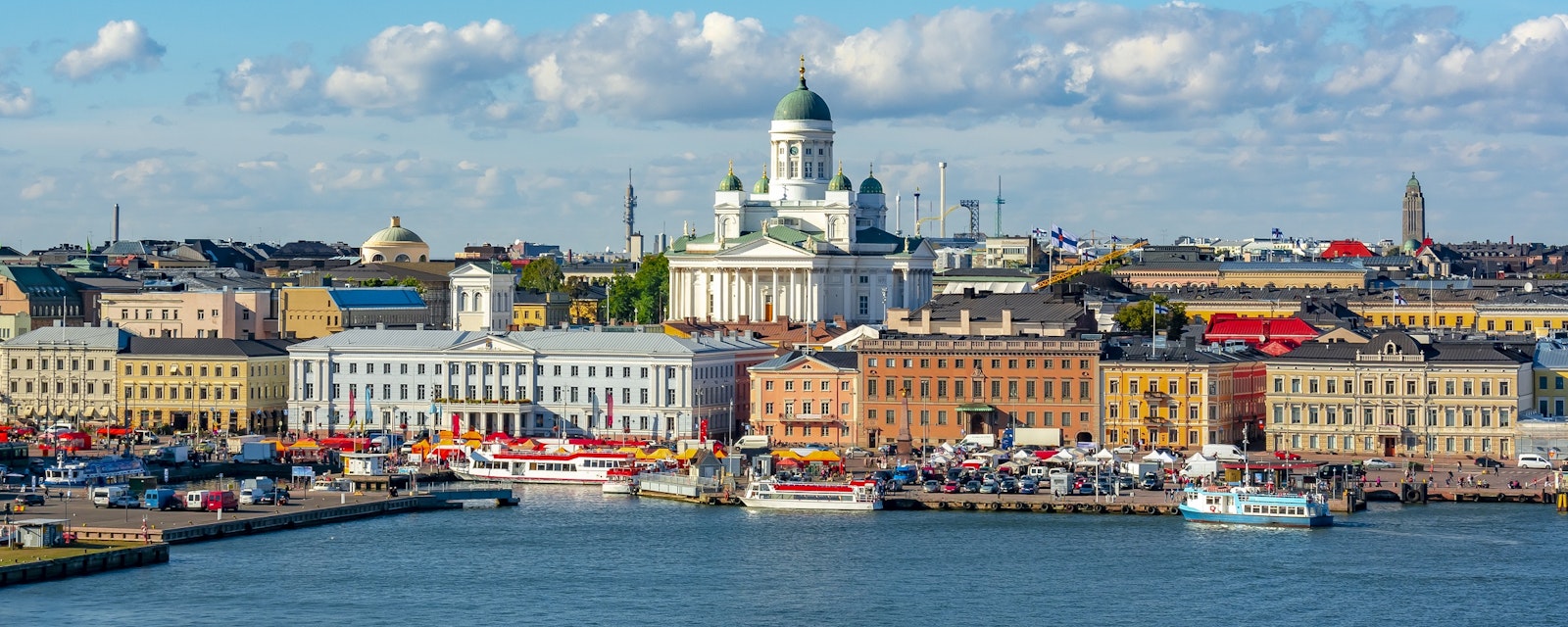NATO’s commitments to boost military presence across Europe and overhaul its strategic approach to Russia are reassuring for the alliance’s eastern flank. However, there are multiple questions about the timing and implementation of the outlined plans. Despite the unity demonstrated at the NATO summit, there is still no agreement on what an acceptable outcome of the war in Ukraine would be for the West.
During the 29-30 June summit, NATO adopted its new Strategic Concept, reached an agreement to accept Finland and Sweden into the alliance, decided to significantly expand its military presence in Europe, particularly CEE, and pledged long-term support to Ukraine. However, the most important outcome was perhaps the display of unity and a renewed sense of purpose as a fundamental transatlantic organization ensuring collective security amid intensifying Russian aggression and threats.
CEE Countries Reassured
Unlike the 2010 NATO Strategic Concept seeking a strategic partnership with Russia, the new concept identifies Russia as “the most significant and direct threat to peace and stability in the Euro-Atlantic area.” To counter the threat, NATO is set to scale up existing battle groups to brigade-size units, pre-position new equipment, and strengthen air-defense capabilities in the Baltic states. The US will also establish a permanent command base in Poland, including additional troops and equipment, and deploy a new rotational brigade to Romania. The CEE region will also benefit from other NATO-wide decisions such as the announced expansion of the NATO Response Force (NRF) from 40,000 to more than 300,000 soldiers, a review of deterrence and defense plans, and a pledge to boost the common budget and the additional US reinforcements in Western Europe.
The agreed accession of Finland and Sweden will significantly boost NATO posture in the Baltic Sea region and improve the defense of more vulnerable Baltic states. Finland and Sweden signed their accession protocols on 5 July, which now await ratification by all 30 members of the alliance.
Timeline and Details Unclear
The NATO commitments are important in reassuring governments and local populations across CEE countries. However, there are important questions about the timing and implementation of the outlined plans. For example, the announced brigade-sized units will not be permanently based in the Baltic states until the required infrastructure is developed in host countries. In the case of Lithuania, this might take until 2027, according to local officials.
Furthermore, details about the timing and composition of the 300,000 NRF still need to be worked out. Germany’s intentions to contribute only around 15,000 troops to the NRF raises questions about the 300,000 figure. Similarly, the US Navy reinforcements are not expected to arrive in Spain before 2024. There are also questions on whether the US deployments in Romania mean additional boots on the ground or just keeping the existing forces. Finally, commitments by the alliance members to boost defense spending will inevitably compete with other emerging priorities, including the need to mitigate the impacts of surging inflation.
What is a "Victory" in Ukraine?
However, the display of unity at the NATO summit masks the lack of strategic debate in the West on what would constitute an acceptable outcome of the war in Ukraine. Until now, many Western leaders have deferred the question to Kyiv, which demands Moscow to pull back its troops to the pre-February 24 positions to re-start any ceasefire negotiations. A similar view prevails in many CEE countries, while rhetoric from key Western European countries has been less categorical. The debate on the topic will likely intensify in H2 as Russia’s actions exacerbate global economic, energy, and food security challenges. Unless a common position is found, such differences will be exposed once Moscow starts signaling a genuine interest in a ceasefire.





